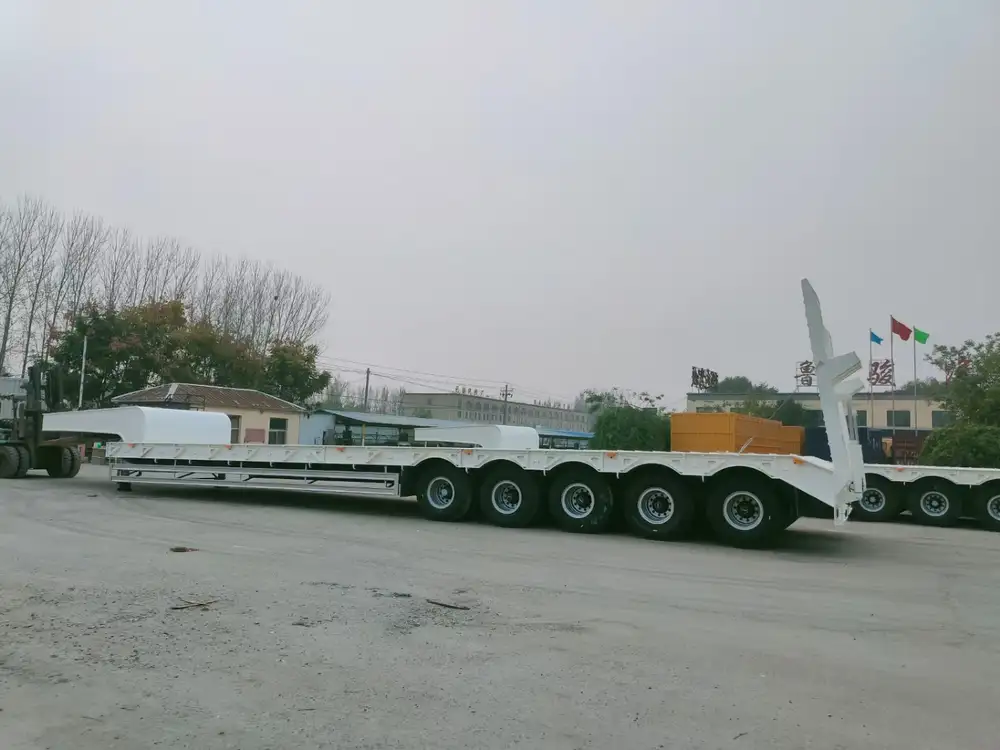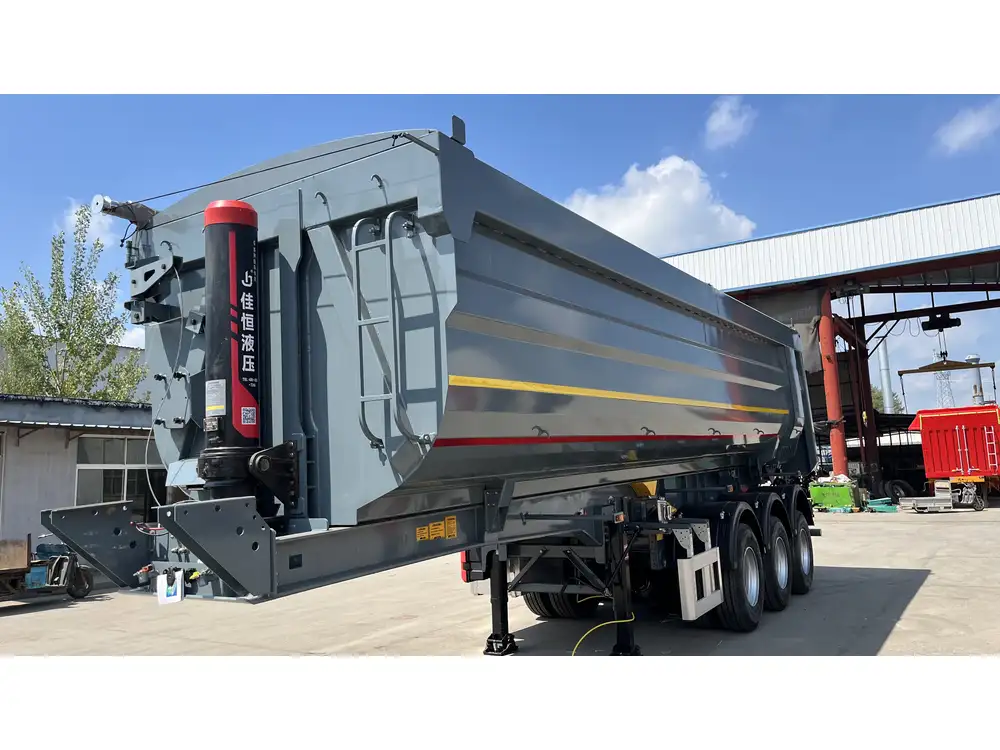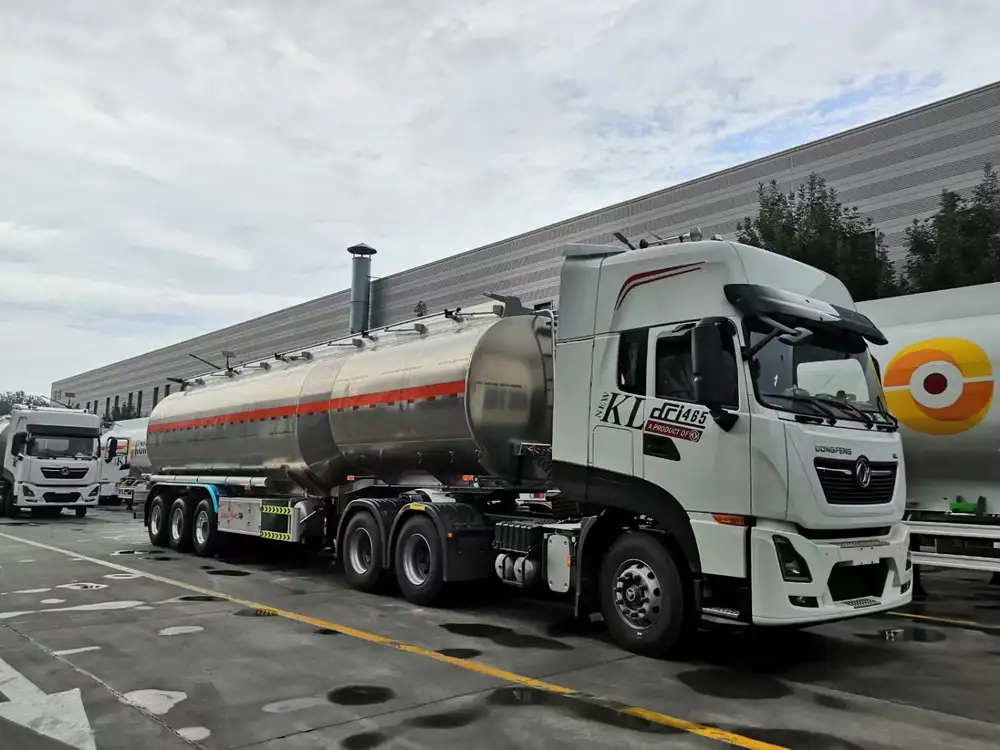When it comes to the freedom of the open road, few things can be as rewarding as traveling with a semi-trailer equipped with amenities that make life on the move comfortable. However, one essential aspect of trailer management often leads to confusion and uncertainty, especially for new owners — sewage dumping. Learning how to manage and dump sewage from an Outback 21RT travel trailer not only ensures compliance with environmental regulations but also contributes to a pleasant camping experience. Let’s explore in detail the steps involved, tips, and best practices to help you navigate this necessary task.
Understanding the Sewage System in the Outback 21RT Travel Trailer
Before jumping into the process, it’s vital to understand how your Outback 21RT is equipped to handle sewage. The trailer typically features:
- Black Water Tank: This tank collects sewage from your toilet. It is often the larger tank and requires regular maintenance to ensure it doesn’t overflow or produce smells.
- Gray Water Tank: This tank holds wastewater from sinks and showers. Although it’s less concerning than black water, proper disposal is still essential.
Key Components of the Sewage System
| Component | Description |
|---|---|
| Dump Valve | Controls the flow of sewage out of the tank. |
| Sewage Hose | Flexible pipe used to connect the trailer to the dump station. |
| Tank Level Indicator | Monitors the fullness of your tanks. Helpful for knowing when to dump. |

Step-by-Step Guide to Dumping Sewage from Your Outback 21RT
Step 1: Gather Your Supplies
Before endeavoring to dump the sewage, ensure you have the following supplies on hand:
- Sewage Hose: A durable, crush-proof hose that can withstand the rigors of sewage disposal.
- Couplers and Adapters: Depending on the dump station, you may need additional fittings to secure the hose.
- Gloves and Safety Gear: Protect your hands and feet for hygiene reasons.
- Portable Waste Tank (optional): Useful if there’s no direct access to a dump station.
Step 2: Choose a Dump Station
Knowing where to dump sewage is crucial. Here are a few options:
- RV Parks or Campgrounds: Most RV parks have designated dumping stations.
- Public Waste Disposal Sites: Many municipalities offer waste disposal services for RVs.
- Rest Areas and Travel Centers: These often have facilities available for sewage dumping.

Step 3: Prepare the Dumping Process
- Position the Trailer: Pull your Outback 21RT as close to the sewer access point as possible.
- Inspect the Hose: Check for cracks, leaks, or damage before using the sewage hose.
- Grab Safety Gear: Always wear gloves and other protective clothing.
Step 4: Connecting the Sewage Hose
- Remove the Cap from the Dump Valve: Unlock and twist off the valve cap connected to the black water tank.
- Attach the Sewage Hose: Firmly attach one end of the sewage hose to the valve, ensuring a tight connection to avoid leaks.
- Secure the Other End: Position the free end of the hose into the designated dump station inlet.
Step 5: Dumping the Black Water
- Open the Black Water Dump Valve: Pull the valve handle outwards to start the flow of sewage.
- Monitor the Dumping: Observe the flow and listen for any unusual sounds to ensure the process is functioning correctly.

Step 6: Dump the Gray Water
- Close the Black Water Valve: Once all the contents are cleared, close the black water valve.
- Dump the Gray Water: Now, open the gray water valve to flush out any residue that might remain in the hose.
Step 7: Cleaning the Equipment
- Rinse the Sewage Hose: After dumping, use a hose or a dedicated rinse at the dump station to clean the sewage hose thoroughly.
- Sanitize Your Gear: Use disinfectant wipes on your gloves and tools before storing them away.
Step 8: Disposing Waste Properly
- Once you are finished, seal all tanks, and ensure the cap on the sewage outlet is securely replaced.
- Properly dispose of any protective gear used.

Common Mistakes and How to Avoid Them
Avoiding common mistakes during sewage dumping can save hassle and promote a smoother experience:
- Neglecting to Inspect the Tank Levels: Always monitor your tanks to avoid overflows.
- Using an Incompatible Hose: Ensure compatibility with the dump station’s fittings.
- Skipping Cleaning Steps: A clean sewage hose reduces odors and promotes hygiene.
Additional Tips for Efficient Sewage Management
- Regular Maintenance: Schedule regular intervals for checking tank levels and performing routine cleaning.
- Use Biodegradable Products: Opt for eco-friendly toilet chemicals to assist with waste breakdown and minimize environmental impact.
- Monitor Usage: Keeping track of how much water and waste are generated can help determine FIFO (first in, first out) strategies for sewage dumping.
Frequently Asked Questions (FAQs)

Q1: How often should I dump my sewage tank in the Outback 21RT?
We recommend dumping your black and gray water tanks every 3 to 5 days. Factors like the number of users, the size of tanks, and your water usage habits can influence this frequency.
Q2: What to do if I notice a bad smell?
A bad smell can indicate a full tank or a leak. Promptly check tank levels and ensure all seals are intact. Use deodorizing products designed for RVs to help manage odors.
Q3: Is it safe to dump sewage anywhere?
No, it is illegal and harmful to dump sewage in unauthorized locations. Always use designated dump stations to maintain environmental integrity.

Q4: Can I dump sewage while camping in remote areas?
It is not advisable to dump sewage in remote areas unless equipped with a portable waste tank designed for such scenarios and local regulations allow it.
Conclusion: Mastering the Art of Sewage Disposal
Successfully managing sewage disposal from your Outback 21RT travel trailer is a critical skill that enhances your outdoor adventures. With the right knowledge, tools, and mindful practices, you can ensure a clean, odor-free, and legal approach to waste management. Embrace the responsibility that comes with trailer ownership, and make your journeys enjoyable while protecting the environment and fellow campers.
Equipped with this comprehensive understanding, you’re now in the driver’s seat, ready to navigate the complexities of sewage disposal with confidence and ease. Safe travels!



